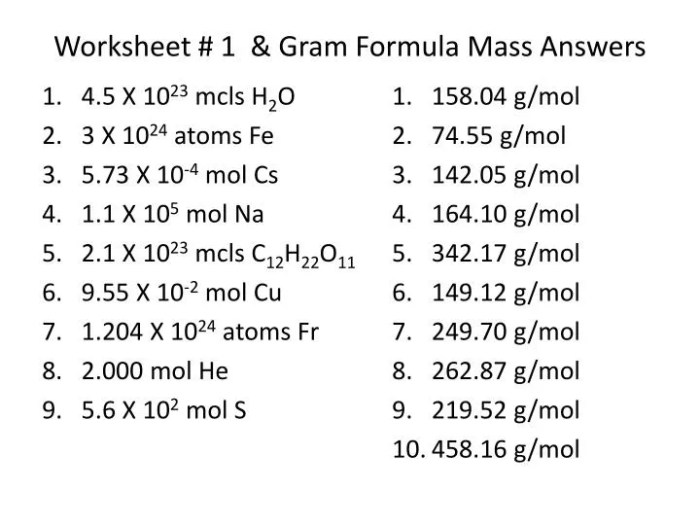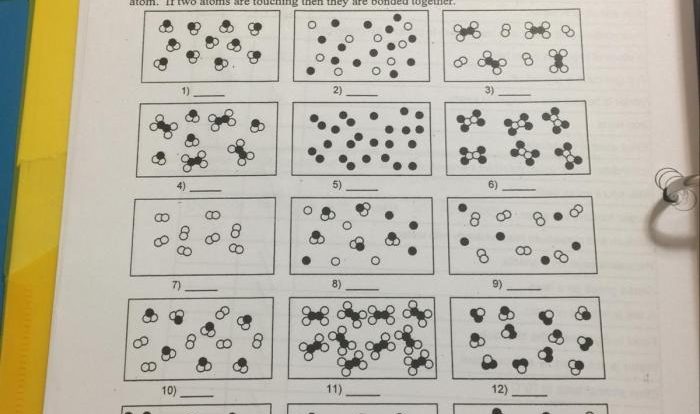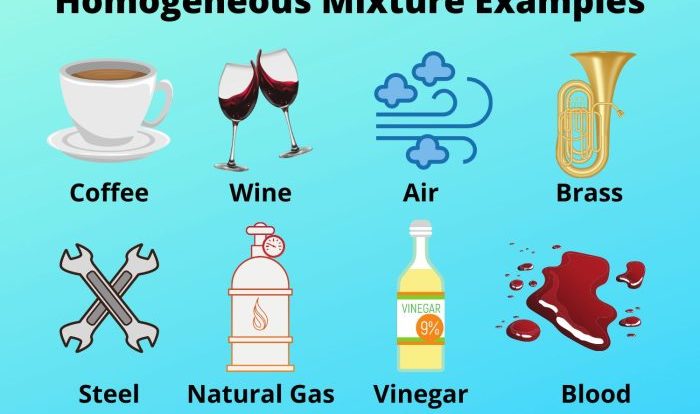Delving into the realm of chemistry, the concept of gram formula mass holds significant importance. It serves as a fundamental tool for determining the mass of a compound based on its chemical formula. This gram formula mass worksheet answers guide provides a comprehensive exploration of the topic, empowering you with the knowledge and techniques to master gram formula mass calculations.
Within this guide, we will unravel the intricacies of gram formula mass, equipping you with a step-by-step approach to calculating it. Furthermore, we will delve into the purpose and usage of gram formula mass worksheets, providing examples to solidify your understanding.
The importance of checking answers and troubleshooting incorrect results will also be thoroughly addressed, ensuring accuracy in your calculations.
Gram Formula Mass
Gram formula mass, also known as molar mass, is the mass of one mole of a substance, expressed in grams. It is the sum of the atomic masses of all the atoms in the formula of the substance.
To calculate the gram formula mass of a substance, we need to know the atomic masses of the elements that make up the substance. The atomic masses of the elements can be found in the periodic table.
Calculating Gram Formula Mass
To calculate the gram formula mass of a substance, we need to follow these steps:
- Write down the chemical formula of the substance.
- Find the atomic mass of each element in the formula.
- Multiply the atomic mass of each element by the number of atoms of that element in the formula.
- Add up the products from step 3.
The result of step 4 is the gram formula mass of the substance.
Examples
Let’s calculate the gram formula mass of water (H 2O):
- The chemical formula of water is H2O.
- The atomic mass of hydrogen (H) is 1.008 amu.
- The atomic mass of oxygen (O) is 15.9994 amu.
- The gram formula mass of water is (2 × 1.008 amu) + (1 × 15.9994 amu) = 18.0153 amu.
Therefore, the gram formula mass of water is 18.0153 grams per mole.
Gram Formula Mass Worksheet

A gram formula mass worksheet is a valuable tool for students learning about the concept of gram formula mass, which is the mass of one mole of a compound expressed in grams. It provides a structured approach to practicing and mastering this fundamental chemistry concept.
Purpose of a Gram Formula Mass Worksheet
The primary purpose of a gram formula mass worksheet is to help students:
- Develop a strong understanding of the concept of gram formula mass.
- Practice calculating the gram formula mass of various compounds.
- Reinforce their understanding of the relationship between the chemical formula of a compound and its mass.
How to Use a Gram Formula Mass Worksheet
Using a gram formula mass worksheet is relatively straightforward:
- Refer to the periodic table to find the atomic masses of the elements in the compound.
- Multiply the atomic mass of each element by the number of atoms of that element in the chemical formula.
- Add the products from step 2 to obtain the gram formula mass of the compound.
Examples of Gram Formula Mass Worksheet Problems
Here are some examples of problems that may be included on a gram formula mass worksheet:
- Calculate the gram formula mass of sodium chloride (NaCl).
- Determine the gram formula mass of carbon dioxide (CO 2).
- Find the gram formula mass of sulfuric acid (H 2SO 4).
Answers to Gram Formula Mass Worksheet
Checking the accuracy of your answers is a crucial step in the learning process. It allows you to identify any errors in your understanding and provides an opportunity to reinforce your knowledge.
Methods for Checking Answers
- Review the Problem:Re-read the problem carefully to ensure you have understood the question and have used the correct formula.
- Dimensional Analysis:Check if the units of your answer are consistent with the units of the given quantities.
- Order of Magnitude Estimation:Make a rough estimate of the answer to check if your calculated value is reasonable.
- Compare with a Known Value:If possible, compare your answer to a known value, such as a published result or a textbook example.
- Use a Calculator:If available, use a calculator to verify your calculations.
Strategies for Troubleshooting Incorrect Answers
- Re-examine the Problem:Check if you have misread or misunderstood the question.
- Review the Formula:Ensure that you have used the correct formula and applied it correctly.
- Identify Computational Errors:Go through your calculations step-by-step to find any errors.
- Check for Unit Conversions:Verify that you have converted all quantities to the correct units.
- Seek Help:If you are unable to find the error, consult a teacher, tutor, or online resources for assistance.
Applications of Gram Formula Mass

Gram formula mass (GFM) is a fundamental concept in chemistry that serves as the foundation for various stoichiometric calculations. It represents the mass of one mole of a chemical compound, expressed in grams.
GFM plays a crucial role in understanding the quantitative relationships between reactants and products in chemical reactions. It enables chemists to determine the precise amount of each reactant required and the amount of product that will be formed.
Stoichiometry
In stoichiometry, GFM is used to calculate the molar mass of a compound, which is essential for determining the number of moles present in a given mass of the compound. By knowing the number of moles, chemists can apply stoichiometric ratios to determine the moles of reactants and products involved in a reaction.
For example, consider the reaction between hydrogen and oxygen to form water:
2H 2+ O 2→ 2H 2O
Using the GFM of each compound, we can calculate the molar mass of hydrogen (2 g/mol), oxygen (32 g/mol), and water (18 g/mol). Knowing the molar mass allows us to convert between mass and moles, enabling us to determine the exact amount of reactants and products involved in the reaction.
Real-World Applications, Gram formula mass worksheet answers
GFM has numerous applications in real-world scenarios:
- Medicine:GFM is used to calculate the dosage of medications based on the patient’s weight and the desired concentration of the drug.
- Chemistry:GFM is used in analytical chemistry to determine the concentration of solutions through titrations and other quantitative analyses.
- Environmental Science:GFM is used to calculate the amount of pollutants released into the environment and to determine the potential impact on ecosystems.
Top FAQs: Gram Formula Mass Worksheet Answers
What is the purpose of a gram formula mass worksheet?
A gram formula mass worksheet provides a structured framework for practicing and mastering gram formula mass calculations.
How do I check my answers for gram formula mass calculations?
You can check your answers by comparing them to known values or using dimensional analysis to ensure that the units cancel out correctly.
What are some common applications of gram formula mass?
Gram formula mass is used in stoichiometry to determine the mass of reactants and products in chemical reactions.


